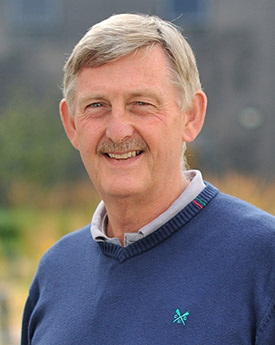Please consider submitting a talk to our #EGU2020 phosphorus session called
Phosphorus cycling: interdisciplinary results linking phosphorus and other element cycles the deadline is the 15th January!
The full details of the prgram are:
BG1.8
Phosphorus cycling: interdisciplinary results linking phosphorus and other element cycles
Convener:
Marc Stutter
|
Co-conveners:
Phil Haygarth,
Tom Jilbert,
Federica Tamburini
Phosphorus (P) is essential to life, and as a key limiting
nutrient, regulates productivity in terrestrial and aquatic systems.
Strong geochemical interactions between P and other elements control the
mobility and bioavailability of P in the environment, necessitating a
coupled understanding of element cycles influencing P. At the same time P
provides perhaps the most topical example of a critical resource
element whose use is currently inefficiently managed. Leakage of mined P
into the environment through a variety of processes (e.g. excess
chemical fertiliser usage, or effluent discharges) is responsible for
eutrophication and the acceleration of natural P cycling in terrestrial
and aquatic systems. This puts P at the forefront of environmental and
societal concerns and demands that our biogeochemical knowledge of P
cycling ought to be developed through interdisciplinary research. This
session aims to explore biogeochemical P cycling in the context of
benefitting ‘systems understanding’ spanning terrestrial and aquatic
compartments.
Topics included should explore:
• Links between P and wider element cycles, for example with other
macro- and micro- nutrients and controls of P availability through
geochemical parameters such as Fe;
• P cycling studies that bring into focus the interplay of biotic and
abiotic controls within, and between, environmental compartments;
• Drivers of change (climate, management, societal) acting on the coupling of P with other element cycles.
• Processes, modelling and management against a background of the key
issues for: P release from soil to plants; P release from soil to water;
long term P supplies and the global P cycle.


